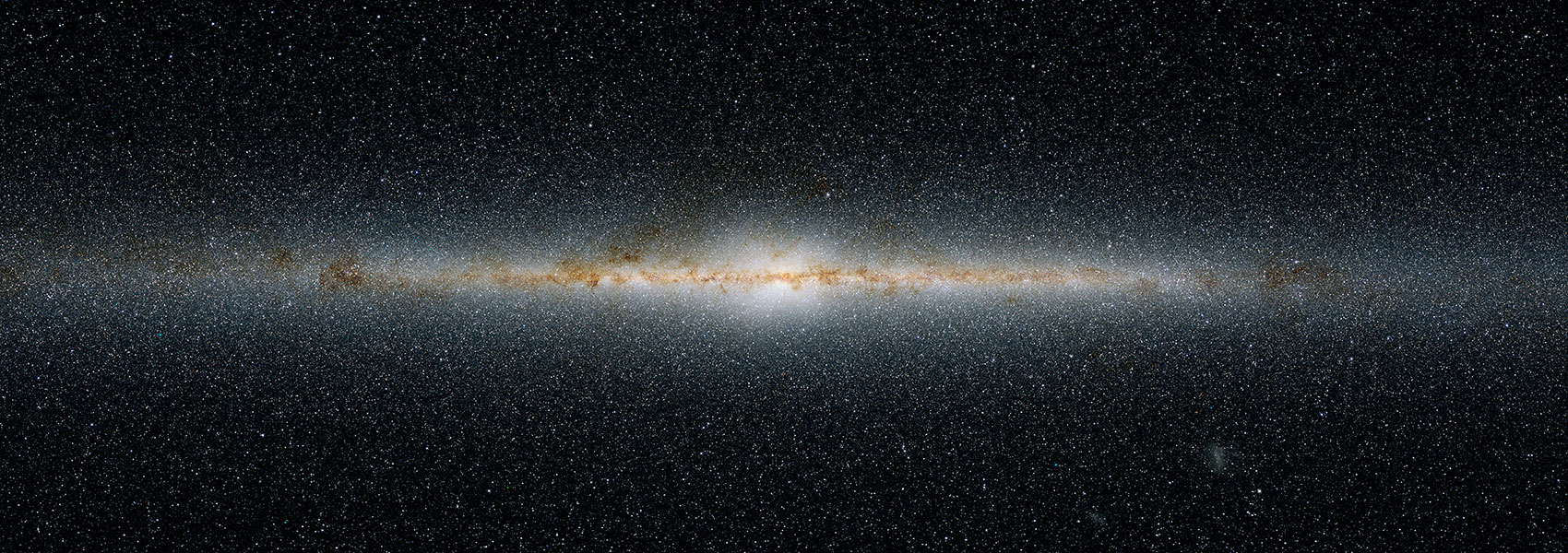October
2010
•
2010AJ....140.1051K
Authors
•
Krist, John E.
•
Stapelfeldt, Karl R.
•
Bryden, Geoffrey
•
Rieke, George H.
•
Su, K. Y. L.
•
Chen, Christine H.
•
Beichman, Charles A.
•
Hines, Dean C.
•
Rebull, Luisa M.
•
Tanner, Angelle
•
Trilling, David E.
•
Clampin, Mark
•
Gáspár, András
Abstract
•
A debris ring around the star HD 207129 (G0V; d = 16.0 pc) has been imaged in scattered visible light with the ACS coronagraph on the Hubble Space Telescope (HST) and in thermal emission using MIPS on the Spitzer Space Telescope at λ = 70 μm (resolved) and 160 μm (unresolved). Spitzer IRS (λ = 7-35 μm) and MIPS (λ = 55-90 μm) spectrographs measured disk emission at λ> 28 μm. In the HST image the disk appears as a ~30 AU wide ring with a mean radius of ~163 AU and is inclined by 60° from pole-on. At 70 μm, it appears partially resolved and is elongated in the same direction and with nearly the same size as seen with HST in scattered light. At 0.6 μm, the ring shows no significant brightness asymmetry, implying little or no forward scattering by its constituent dust. With a mean surface brightness of V = 23.7 mag arcsec-2, it is the faintest disk imaged to date in scattered light. We model the ring's infrared spectral energy distribution (SED) using a dust population fixed at the location where HST detects the scattered light. The observed SED is well fit by this model, with no requirement for additional unseen debris zones. The firm constraint on the dust radial distance breaks the usual grain size-distance degeneracy that exists in modeling of spatially unresolved disks, and allows us to infer a minimum grain size of ~2.8 μm and a dust size distribution power-law spectral index of -3.9. An albedo of ~5% is inferred from the integrated brightness of the ring in scattered light. The low-albedo and isotropic scattering properties are inconsistent with Mie theory for astronomical silicates with the inferred grain size and show the need for further modeling using more complex grain shapes or compositions. Brightness limits are also presented for six other main-sequence stars with strong Spitzer excess around which HST detects no circumstellar nebulosity (HD 10472, HD 21997, HD 38206, HD 82943, HD 113556, and HD 138965).
Links




